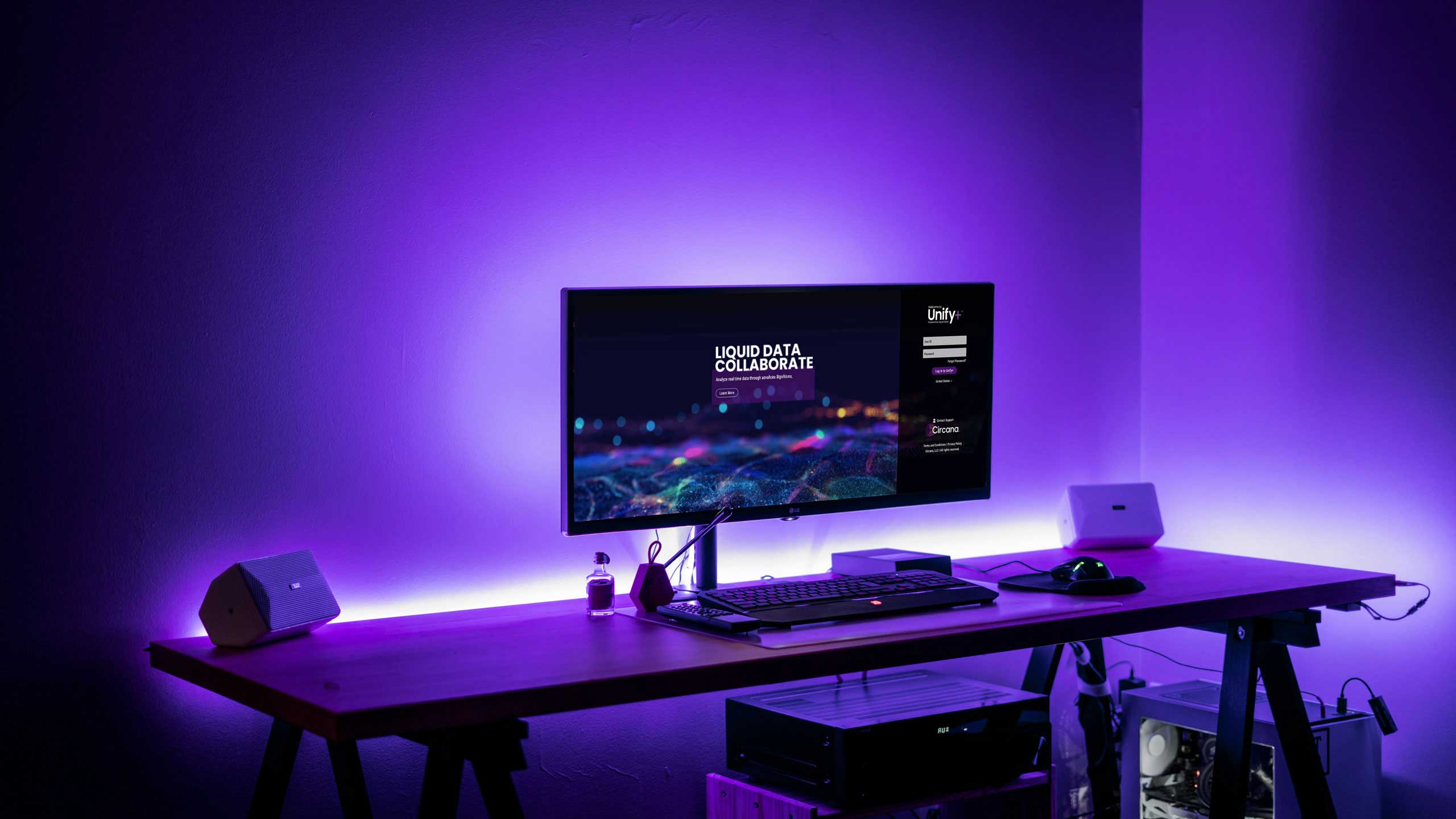- Darren Seifer

- Oct 10, 2024
- 4 min read
Updated: Nov 14
After several years of steady increases in snacking occasions among U.S. consumers, those occasions plateaued in 2024 as the rise of indulgent snacks and the decline of healthy and better-for-you snacks balanced each other out. Even so, our 39th annual Eating Patterns in America research revealed growth in snacking away from home, along with an increase in the “snackification” of meals in every daypart. Our research takes a comprehensive look at consumer snacking habits and patterns, in both retail and foodservice. Here, I want to focus on the three biggest takeaways we found on the retail side of snacking.
1. Indulgence is here to stay
To cope with uncertainty and stress during the pandemic, many consumers turned to indulgent sweet and savory snacks that helped them feel better in the moment. But our research found that even while between meal snacking occasions steadied in 2024 versus a year ago, consumers’ cravings for carbs didn’t subside when COVID-19 numbers faded.
When U.S. consumers want a midday snack — the snacking occasion driven more by how good something might taste than by hunger — they reach for foods like cookies, ice cream, and potato chips and other salty snacks. Brands have responded by reimagining their core offerings to make them more snackable and playful. For example, one of this year’s New Product Pacesetters, Doritos/Cheetos/Sunchip Minis, are miniaturized versions of those snacks, sold in canisters.
While sweet and savory snacking grows, healthier snacks like fresh fruit have declined, shown by our SnackTrack® data. These snacks may be affected by inflation and price increases, along with their tendency to spoil more quickly than less healthy snacks. When consumers – even higher wage-earners – are asked about the biggest barriers to healthy eating, they say high prices are their top concern.
2. Snackification of main meals
The snackification trend, which refers to the practice of making a snack into a meal or augmenting a meal with a snack item, isn’t necessarily new. Potato chips and a sandwich are a lunchbox staple. But we continue to see consumers do more of this throughout the day as they look for ways to cut more time from meal prep. For the year ending in March 2024, SnackTrack shows 37% of main meals contained a snack item compared to 29% in 2010. Nearly all generations consume more snacks at breakfast than they did in the past. This includes foods like bars, fruit, cookies/brownies, snack cakes, muffins, pudding, snack mixes, yogurt, salty snacks, and fruit snacks. At lunch, consuming snacks with or instead of a conventional lunch has grown for more than the past decade.
3. Snacking patterns and habits vary by generation
Brands and retailers will wind up leaving money on the table if they don’t think about ways to engage consumers as they enter different life stages. We see several opportunities for brands to build loyalty by helping snack shoppers navigate different phases.
Gen Xers
SnackTrack reveals Gen Xers drive more total in-home snacking than other generations; they represent 21% of all in-home snacking. In fact, this group increased 60 points in annual eatings per capita (AEPC) versus a year ago.
Gen Xers are at a pivotal life stage right now: They grapple with becoming empty nesters but still may buy for younger household members and elderly parents. In short, their shopping behaviors mirror who they shop for, and both kids and boomers snack at high rates.
Millennials
Although more likely to live in households with younger kids, millennials snack less than their younger and older counterparts. SnackTrack tells us millennials accounted for 15% of in-home snacking in the year ending March 2024, and they declined most in AEPC (-69 points) versus a year ago compared to other generations.
While this generation’s spending is limited now, they’re at a time in their lives where they’re still forming their favorites, which will inform what they spend on in the future. Brands need to engage millennials now and appeal to their desire to stick with hip snack brands. This could involve working with influencers, deploying cool branding, or innovating with flavor profiles millennials prefer. We expect millennials will increase their annual snacking occasions in the coming years so becoming a preferred snack now will bring dividends later.
Gen Alpha
Kids are notoriously big snackers, and their ranks will swell in coming years. While older kids and teens have more influence over what their parents buy for them, parents of younger kids do more gatekeeping and seek healthier options. Snack manufacturers can play a role by helping parents feel more comfortable about what they buy – try touting a product’s health benefits along with great taste.
U.S. consumers are primed to act on their snack attacks right now, from hybrid workers grazing their own pantries to commuters looking for a protein bar on their way to the train. As snacking throughout the day remains prevalent and the lines between dayparts continue to blur, retailers and snack manufacturers can help consumers make healthier, more satisfying, and convenient choices.


































